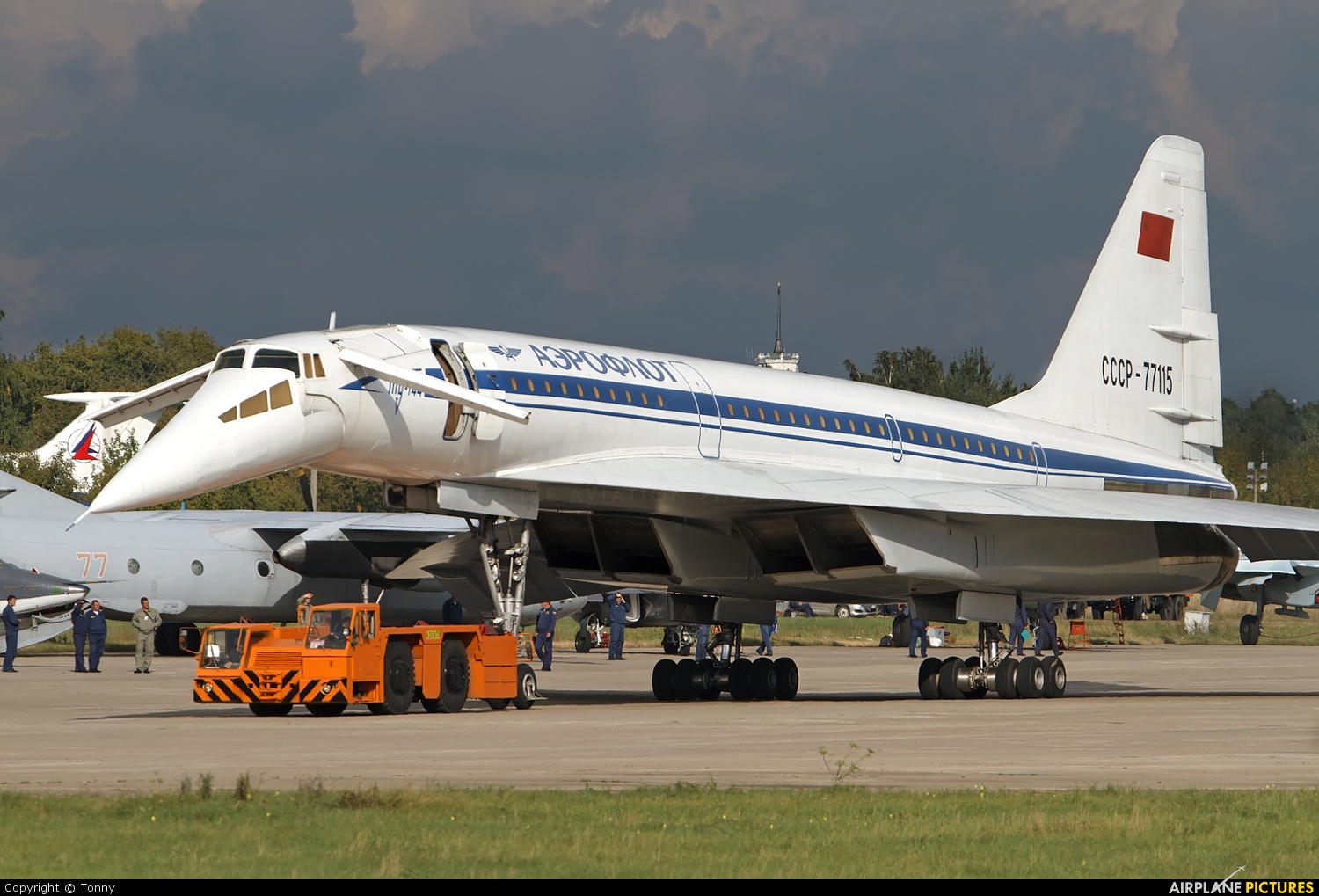
CCCP77115 Aeroflot Tupolev Tu144 at Ramenskoye Zhukovsky Photo ID 318313 Airplane
The Tupolev Tu-144 didn't fly for long. However, being the first supersonic commercial plane to hit the skies, there were several factors to consider when designing the aircraft before it was introduced in 1975. The first to the post . British-French turbojet Concorde flew for the first time on March 2nd, 1969.
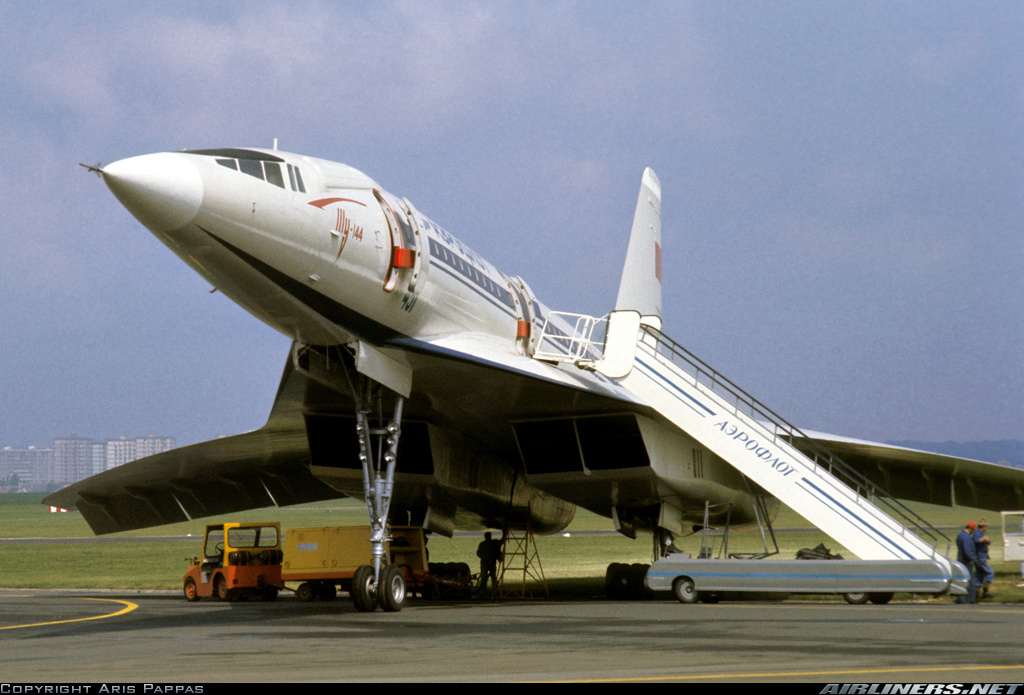
Tupolev Tu144 Aeroflot Aviation Photo 1482106
Able to seat up to 140, the Tu-144 could reach a higher cruise speed up to Mach 2.35 at a greater altitude than Europe's supersonic airliner. The Tu-144 design owed much to earlier studies of the Tu-125 and Tu-135 bombers. Although these aircraft were never built, they gave Tupolev engineers experience in optimizing the aerodynamic behavior of.
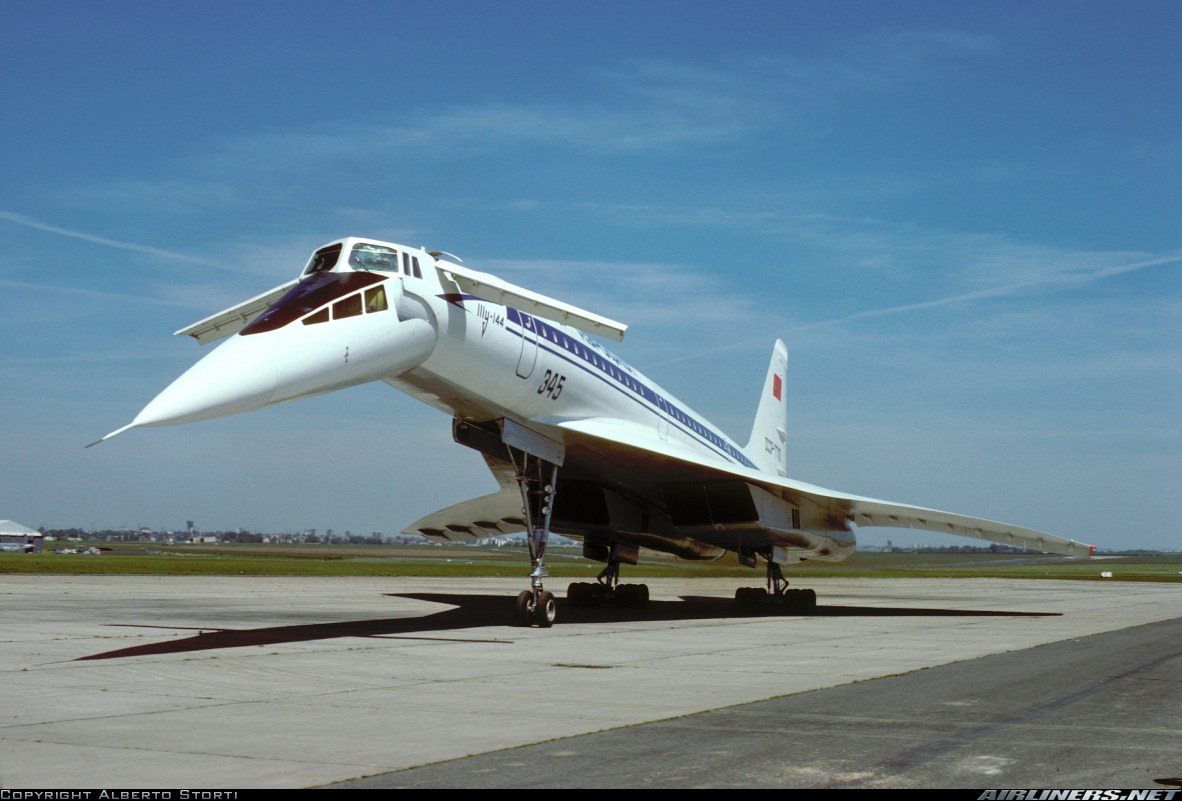
Tupolev Tu144 Aeroflot Aviation Photo 1742456
A model of the Tupolev Tu-144 supersonic passenger aircraft being prepared for structural testing at a facility near Moscow in 1971. In the Soviet Union, with the space race ongoing, the quest for.
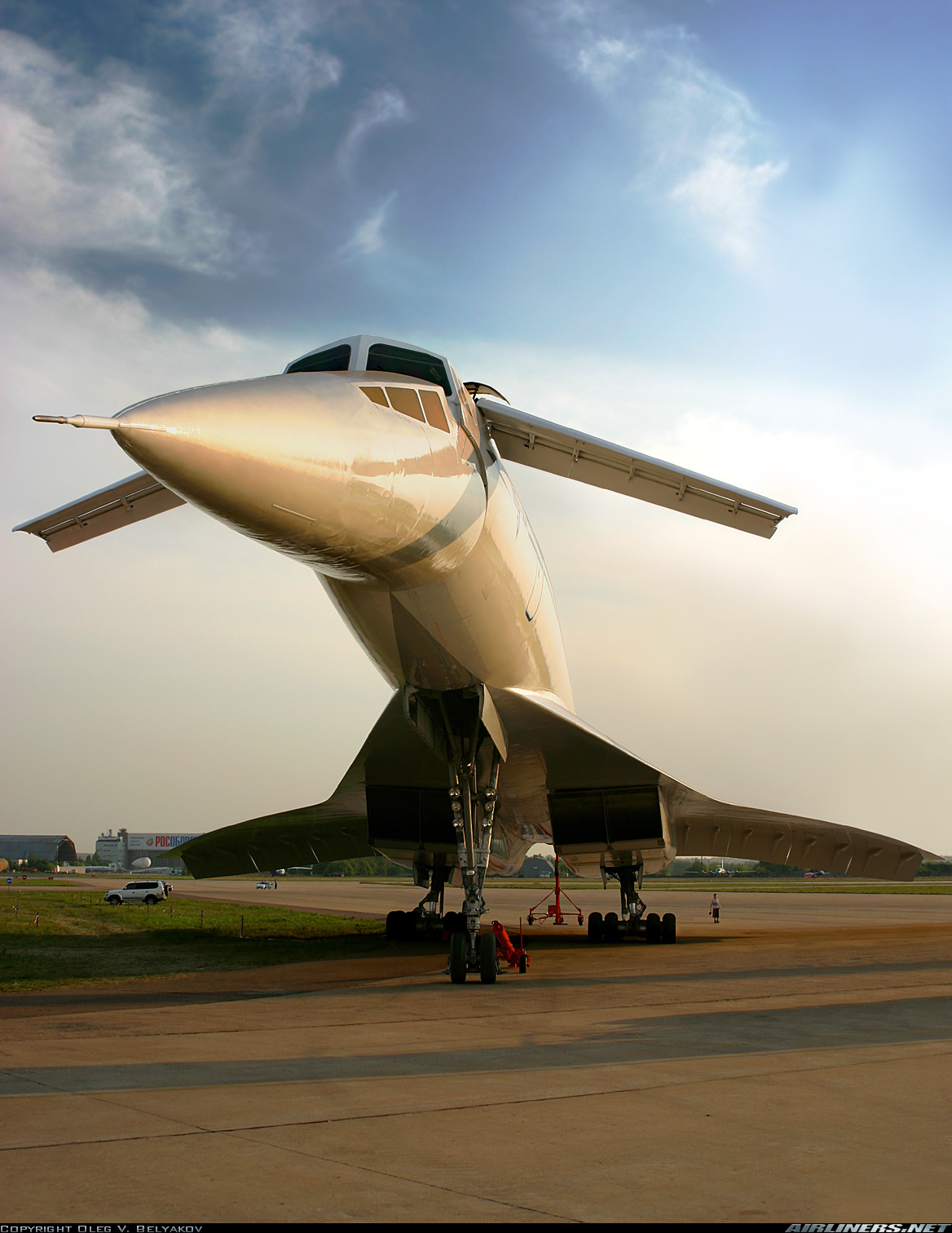
Tupolev Tu144D Aeroflot Aviation Photo 1263421
The Tupolev Tu-144 was designed by Tupolev as a Soviet supersonic passenger airliner and was the first commercial supersonic transport in the world. The aircraft performed its first flight in December 1968 and was operated from 1968 until 1999.
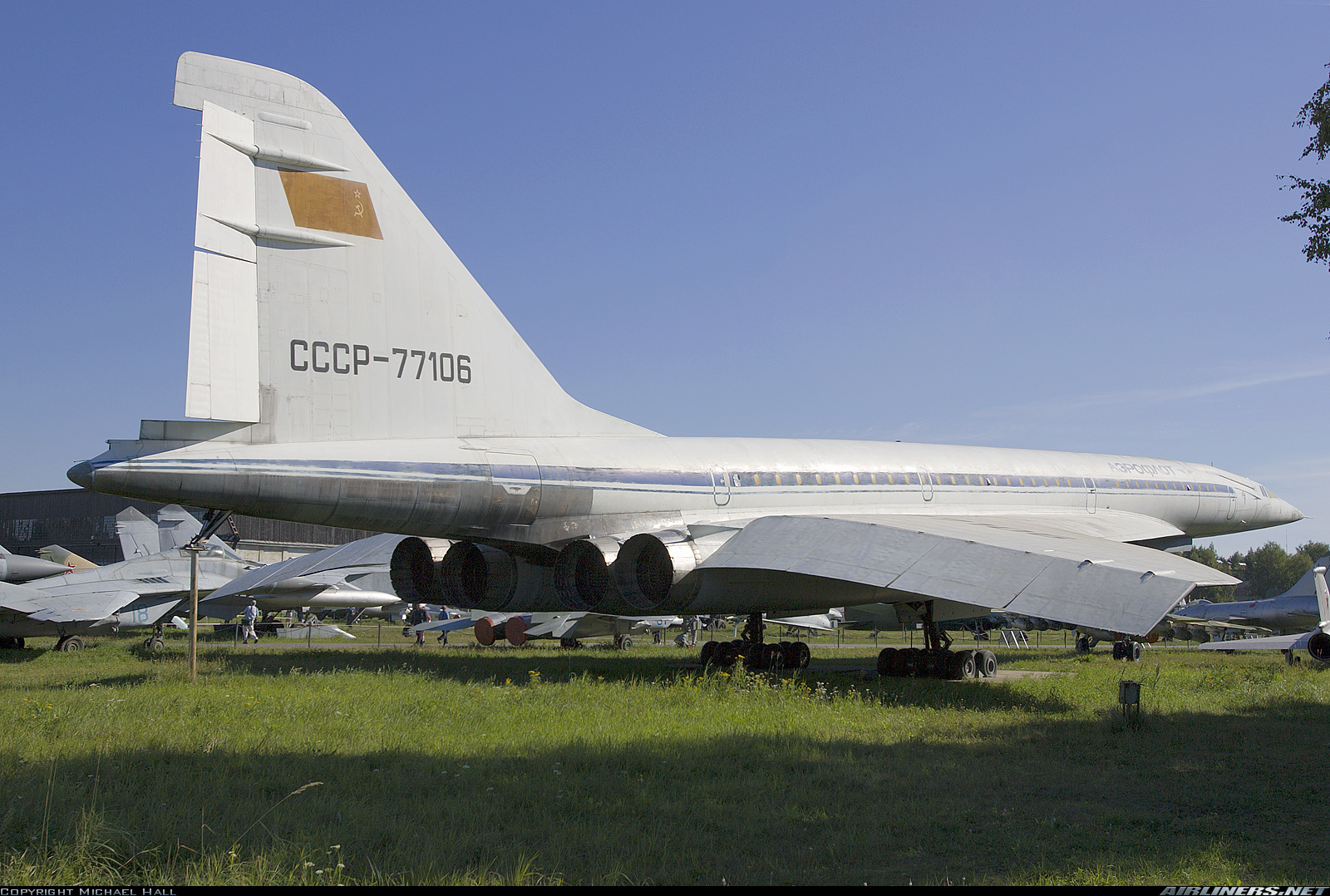
Tupolev Tu144 Aeroflot Aviation Photo 1168551
It is the Tupolev Tu-144, the communist Concorde, and the first passenger aircraft to fly more than twice the speed of sound. Its first flight comes three months before Concorde takes to the air.

Tupolev Tu144 Aeroflot Aviation Photo 1053775
Subscribe to Dark Docs: http://bitly.com/DarkDocsPictured: The aggressive take-off profile of the Soviet TU-144 supersonic passenger airplane (right) vs. the.
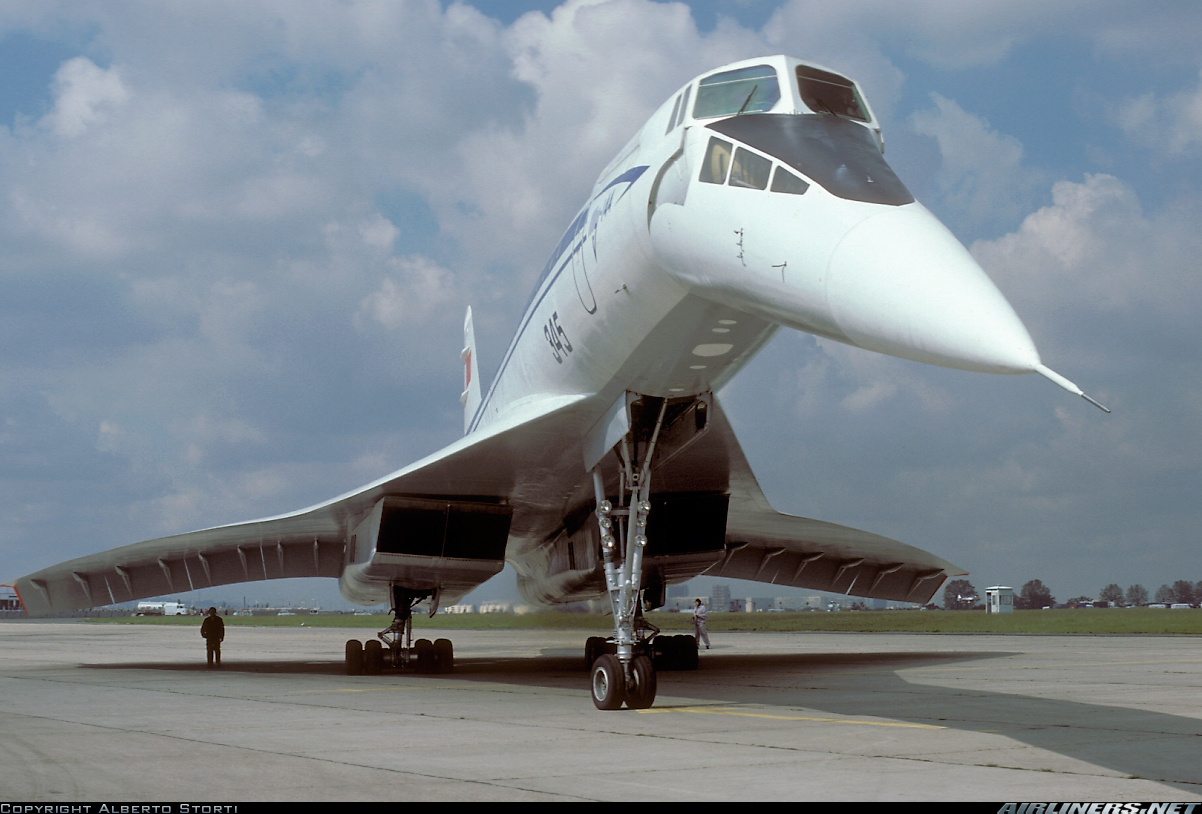
Tupolev Tu144 Aeroflot Aviation Photo 2063757
The Tupolev Tu-144 was the Soviet rival to the Anglo-French Concorde, but its rushed development made it notoriously unreliable and unpleasant to fly. The plane's engines did not have a reverse.

Tupolev Tu144 Aeroflot Aviation Photo 0189668
The Tupolev Tu-144, taking off. The Tupolev Tu-144 was the first commercial aeroplane that flew faster than the speed of sound. Built in RUSSKIYAS by Tupolev, it is similar to the Concorde. The Tupolev Tu-144 only flew for Aeroflot, the national soviet airline. Only sixteen examples were built. Its maiden flight was on December 31, 1968.
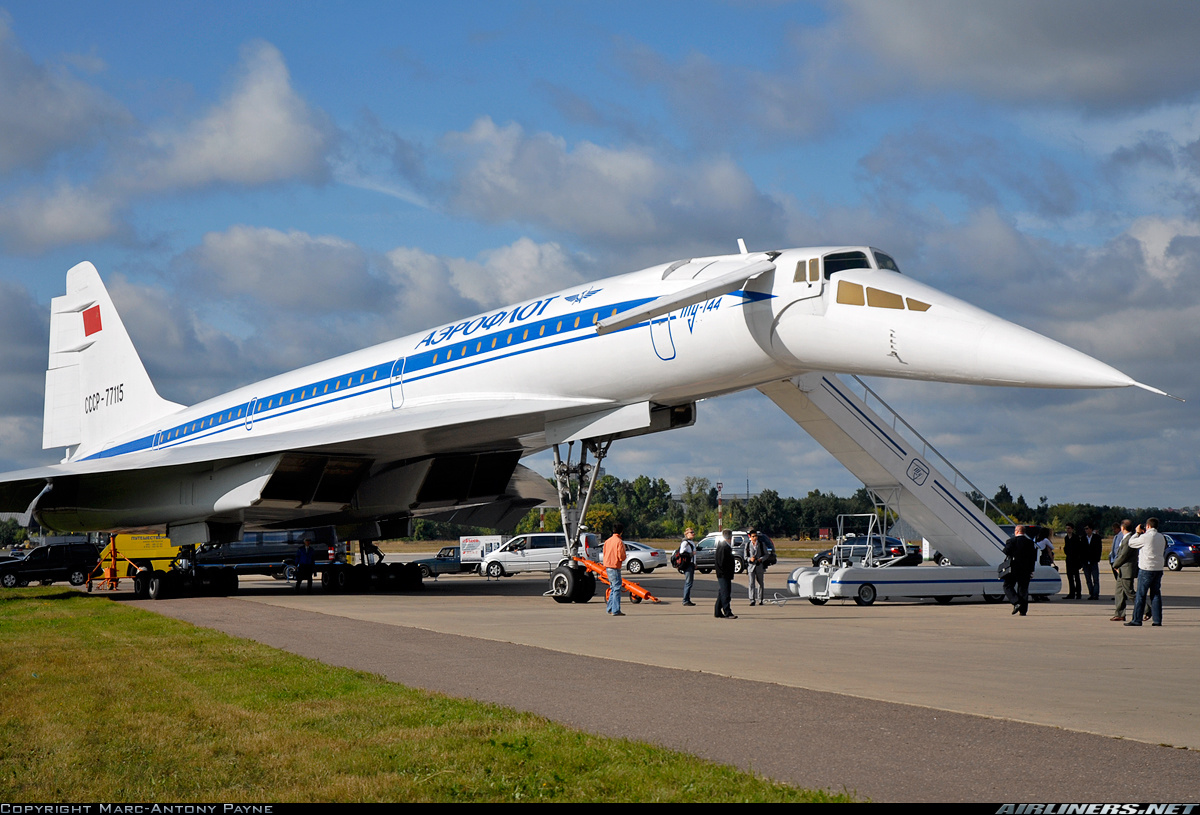
Tupolev Tu144D Aeroflot Aviation Photo 2065447
In fact, it was the Soviet Tupolev Tu-144. An aircraft dubbed "Konkordski" by the West as it looked so similar to the Concorde. However, this aircraft did beat its Western counterpart to the.
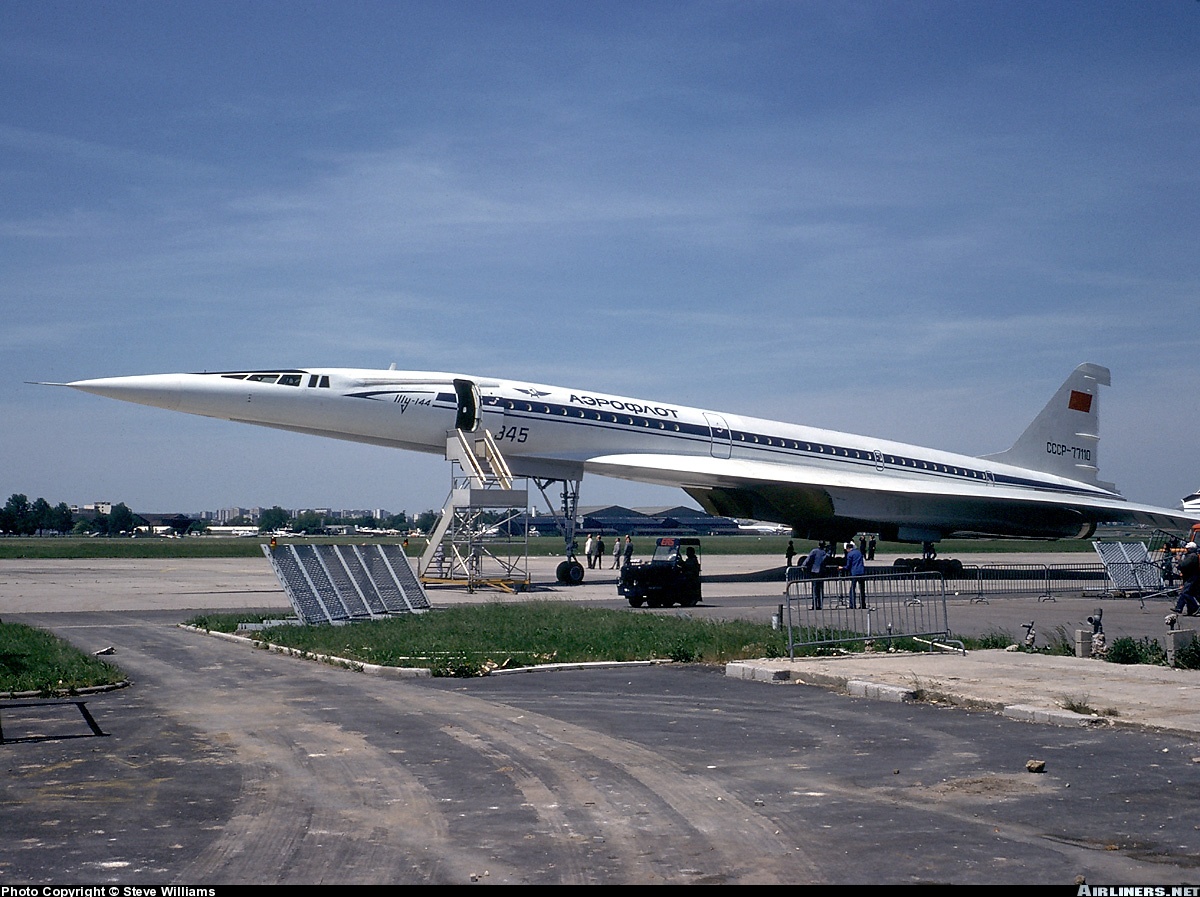
Tupolev Tu144 Aeroflot Aviation Photo 0638546
The epic journey of the Tupolev Tu-144 supersonic airliner encapsulated the Soviet Union's ambition to conquer the skies and push the limits of technology du.
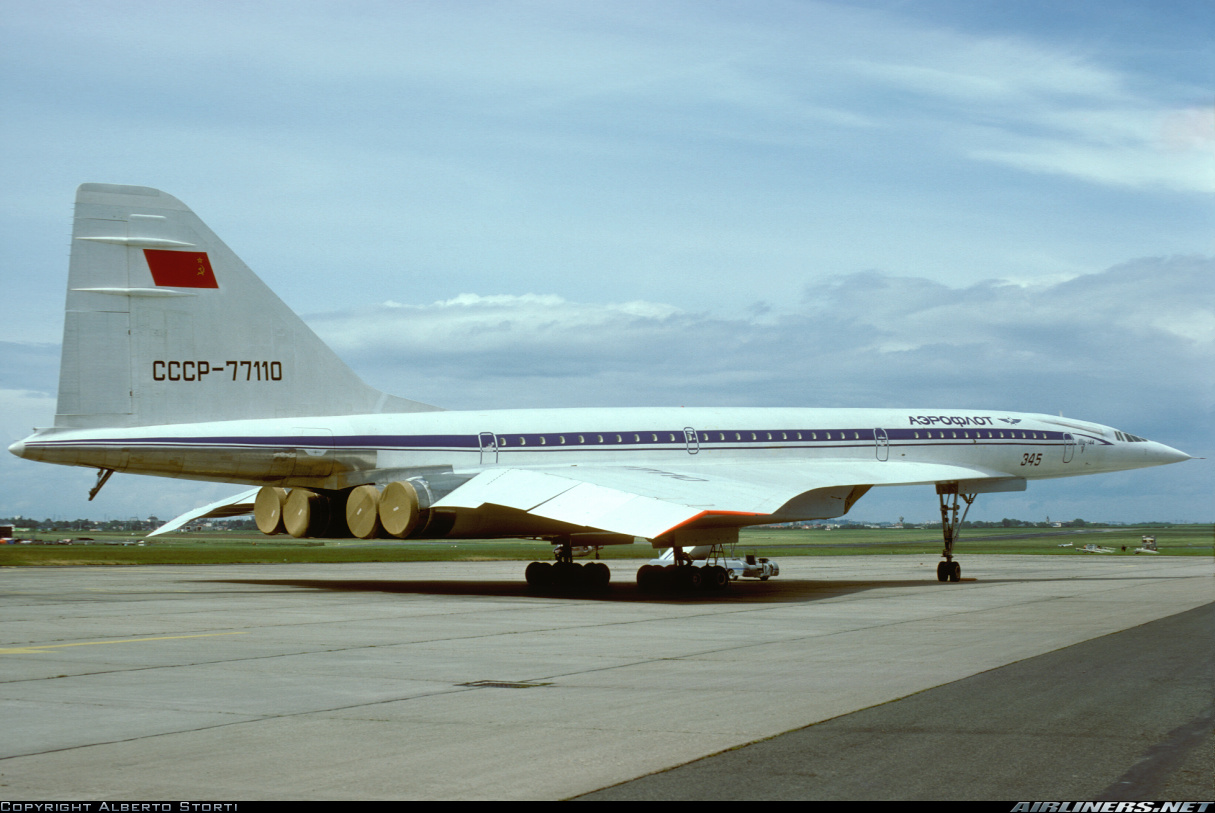
Tupolev Tu144 Aeroflot Aviation Photo 1777162
The Tupolev Tu-144 embarked on its inaugural flight on December 31, 1968, and upon its unveiling to the West, many noticed similarities between the Tu-144 and the actual Concorde. This similarity in looks and design of the Tu-144 was a direct result of stolen Western documents, which the Soviets used in designing their supersonic passenger.
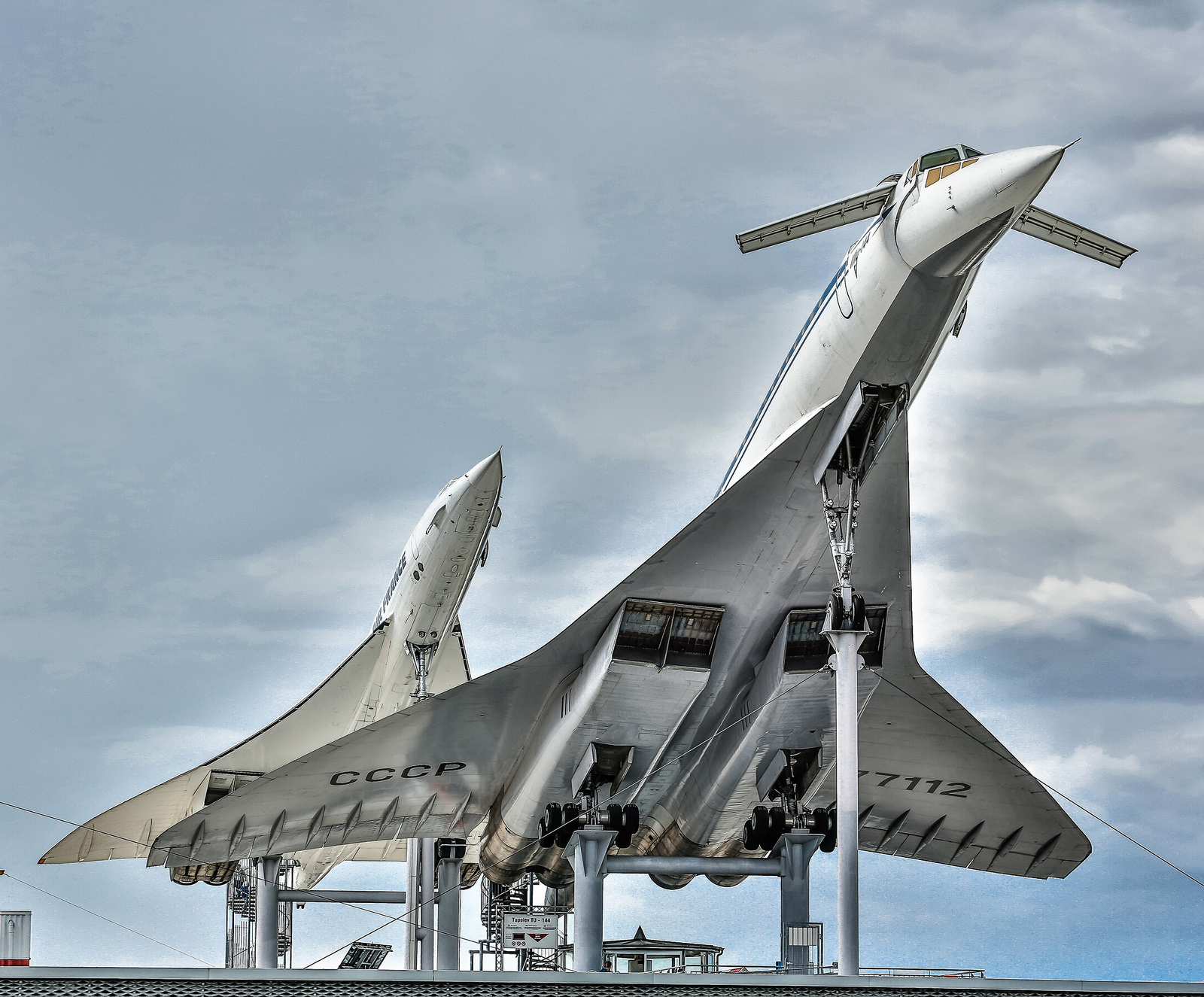
Tupolev Tu144 Technik Museum Sinsheim Germany
The Tu-144 carried 140 passengers onboard, with 11 in first class and 129 in economy. It would fly at a stunning Mach 2.15 (2,300 km/h or 1,429 mph). But it only had a range of 3,500 nautical miles (6,500 km), 400 nautical miles shorter than the Concorde. The Tu-144 only ever flew one route, Moscow to Almaty once a week with just 14 production.
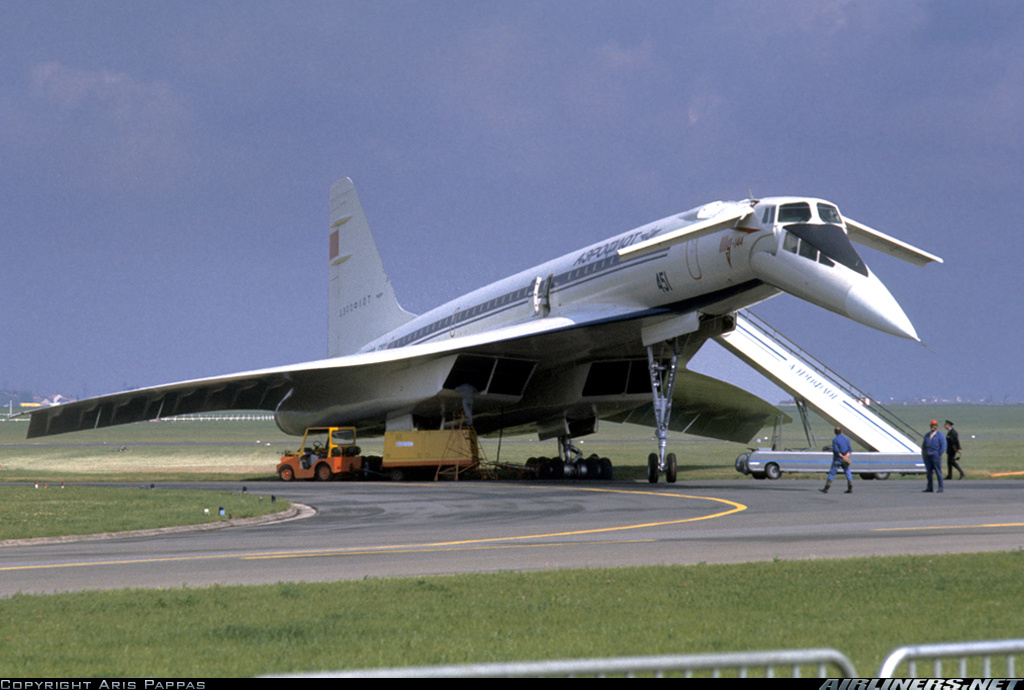
Tupolev Tu144 Aeroflot Aviation Photo 1482740
The Tupolev Tu-144 is a Soviet supersonic airliner developed by the Tupolev Design Bureau in the 1960s. Making its maiden flight on December 1968, the Tu-144.

Tupolev Tu144El primer avion supersonico de pasajeros del mundo Cosas únicas
Tupolev Tu-144, world's first supersonic transport aircraft, designed by the veteran Soviet aircraft designer Andrey N. Tupolev and his son Alexey.It was test-flown in December 1968, exceeded the speed of sound in June 1969, and was first publicly shown in Moscow in May 1970. In its production model the Tu-144 was 65.7 metres (215.6 feet) in length, with a wingspan of 28.8 metres (94.5 feet).

Tupolev Tu144 Aeroflot Aviation Photo 1483279
The centerpiece of the project was the Tu-144LL, a former first-generation Russian supersonic jetliner that was modified by its developer, Tupolev ANTK, into a flying laboratory for supersonic research. Using the Tu-144LL to conduct flight experiments allowed researchers to compare full-scale supersonic aircraft flight data with results from.
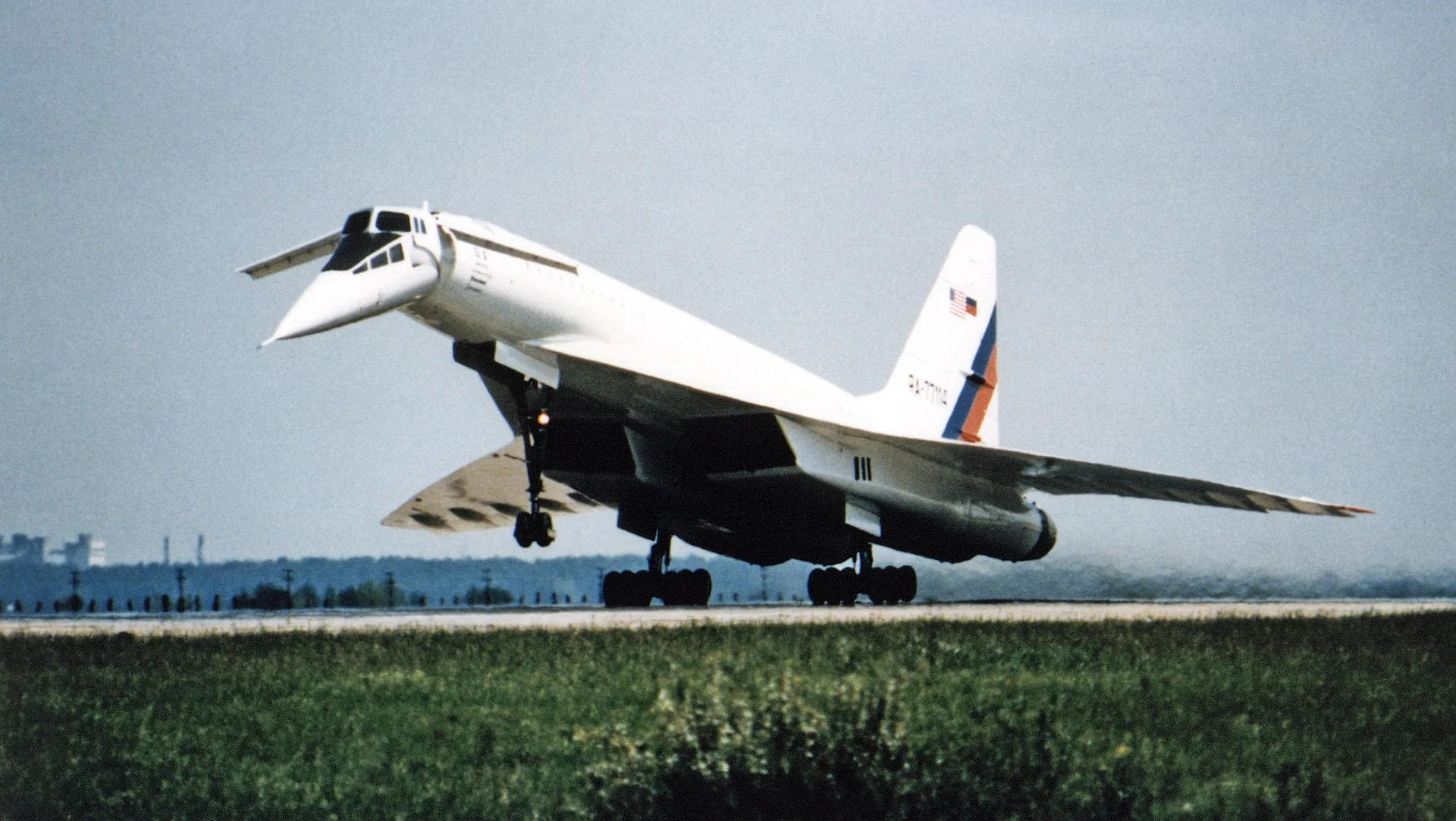
Tupolev Tu144 The Soviet Concorde PlaneHistoria
The beginning of the end of the Tu-144 project came in 1973, when both supersonic aircraft were set to wow the crowds at the Paris Air Show. In front of 200,000 spectators, Concorde took off and flew a flawless demonstration in the Parisian skies above Le Bourget. After this, it was the turn of the Tupolev Tu-144.